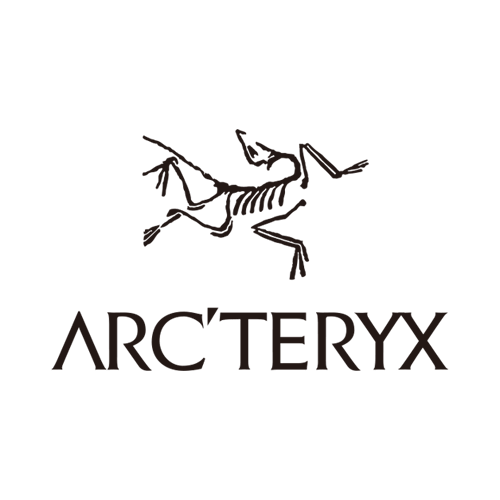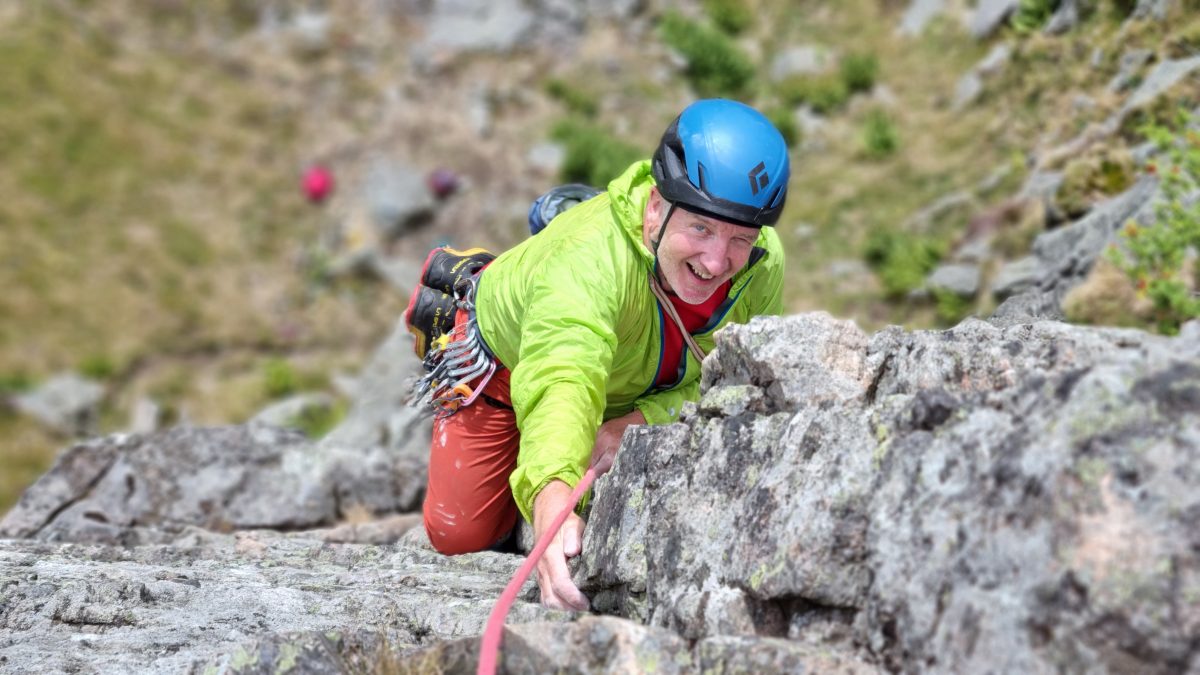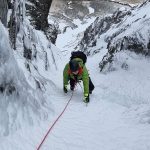
Climbing Point Five Gully on Ben Nevis: The Ultimate Challenge
03/10/2023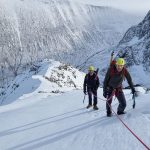
Ledge Route Ben Nevis – Complete Guide to Scotland’s Best Scramble
07/10/2025THE MOUNTAINEERING HISTORY OF GLENCOE
AUTHOR | STEVE HOLMES
Nestled deep in the rugged Highlands of Scotland, Glencoe is a landscape where drama and beauty intertwine. Towering buttresses, steep ridges, and sweeping valleys tell a geological story millions of years in the making. For centuries, this glen has captured the imagination of poets and painters. But for mountaineers, Glencoe is something even more profound: a birthplace of Scottish climbing, a proving ground for techniques, and a playground for adventure that continues to shape the sport today.
Early Encounters with the Glen
Long before mountaineering was a recognised pursuit, locals and travellers navigated Glencoe’s treacherous passes. Shepherds, hunters, and drovers moved through the steep-sided glen, forging routes that would later guide climbers. The mountains themselves—Bidean nam Bian, the Aonach Eagach ridge, Buachaille Etive Mòr—were regarded with reverence and, at times, superstition. Stories of hidden clans and the tragic 1692 Massacre of Glencoe gave the area a reputation as both sacred and formidable.
By the 18th and early 19th centuries, the Romantic movement lured artists and early adventurers north. Figures like James Hutton, the father of modern geology, explored the Highlands to study their ancient rock formations. Although their goals were scientific rather than athletic, these early visitors set the stage for recreational climbing by mapping routes and sharing tales of the dramatic landscape.
The Birth of Scottish Mountaineering
Mountaineering as a sport began to take shape in the mid-19th century, paralleling the growth of the Alpine climbing scene. The Scottish Mountaineering Club (SMC), founded in 1889, played a pivotal role in promoting exploration of the Highlands. Glencoe’s combination of accessibility—via the expanding railway network—and challenging terrain made it an early favourite.
The first recorded ascents of many Glencoe classics occurred during this period. Climbers of the late Victorian era approached the mountains in heavy boots and wool garments, carrying little more than hemp ropes and stout walking sticks. Despite their primitive gear, they pioneered routes that remain iconic. Buachaille Etive Mòr, with its pyramid shape commanding the entrance to the glen, quickly became a proving ground. Early ascents of Curved Ridge and Crowberry Gully demanded a mix of boldness and ingenuity, laying the foundation for Scottish winter climbing.
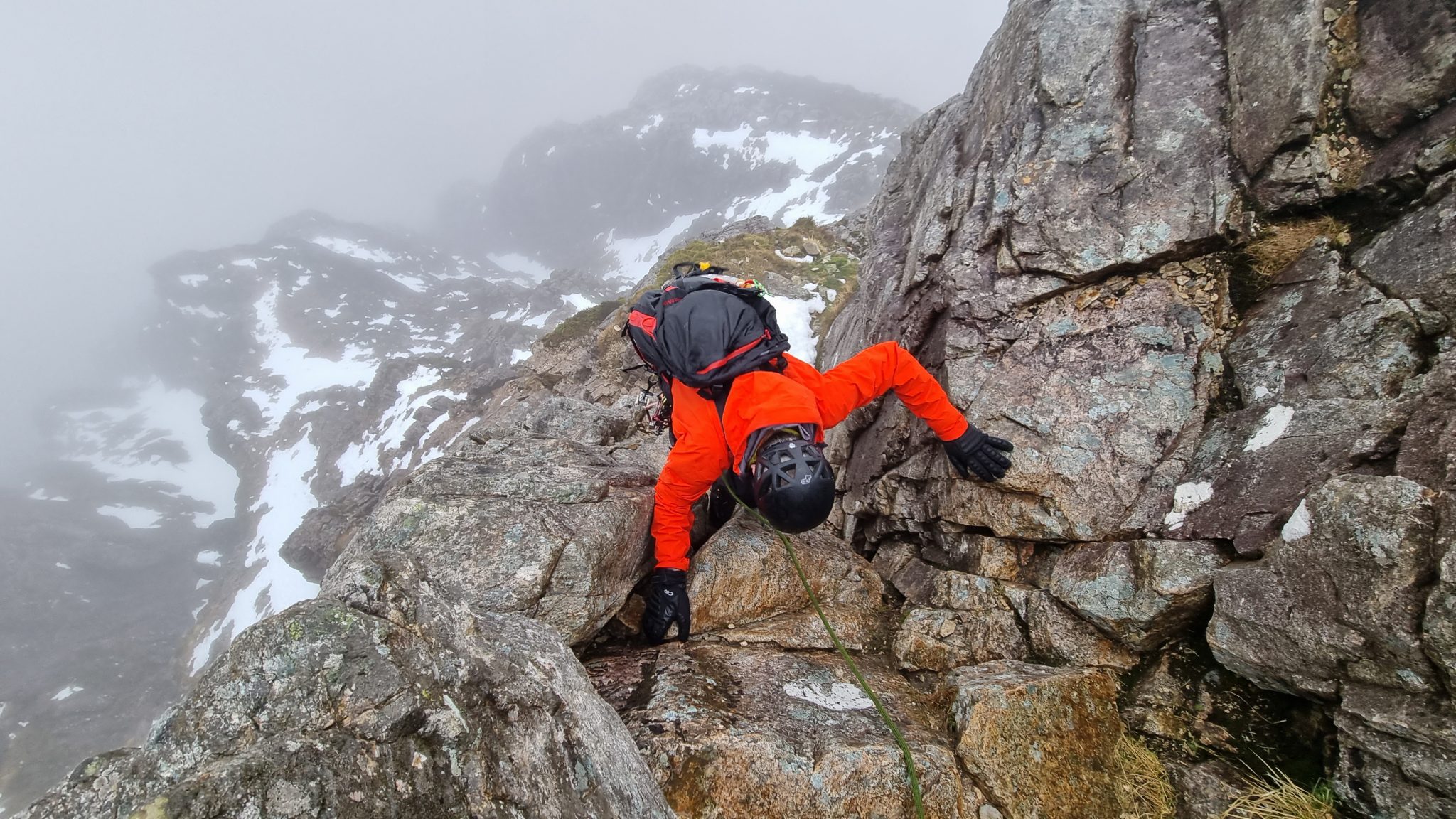
The Aonach Eagach: Britain’s Narrowest Ridge
No discussion of Glencoe mountaineering is complete without the Aonach Eagach. Stretching for several kilometres along the north side of the glen, this serrated ridge is often cited as the narrowest mainland ridge in Britain. Its continuous knife-edge demands sustained scrambling and surefootedness. Early climbers recognised its challenges and rewards, and it remains a rite of passage for many modern mountaineers.
In the late 19th and early 20th centuries, parties would spend long days traversing the ridge, often starting before dawn to ensure they were off the rock before nightfall. Their tales of exposure and airy pinnacles captured the imagination of the climbing community, helping cement Glencoe’s reputation as a serious mountain venue.
Between the Wars: Technique and Tradition
The interwar years brought rapid evolution in climbing technique. Advances in ropework, the use of pitons, and a better understanding of belaying allowed climbers to tackle previously unclimbed faces. In Glencoe, this meant new lines on the cliffs of Stob Coire nan Lochan and the formidable walls of Bidean nam Bian.
Local guides and visiting alpinists shared knowledge, blending Scottish grit with lessons learned in the Alps. Winter climbing—using ice axes and early crampons—began to flourish. Routes like Dorsal Arete and Forked Gully became testing grounds for mixed climbing, where rock and ice techniques merge. The SMC’s guidebooks from this era remain historical treasures, documenting not only the climbs but the personalities behind them.
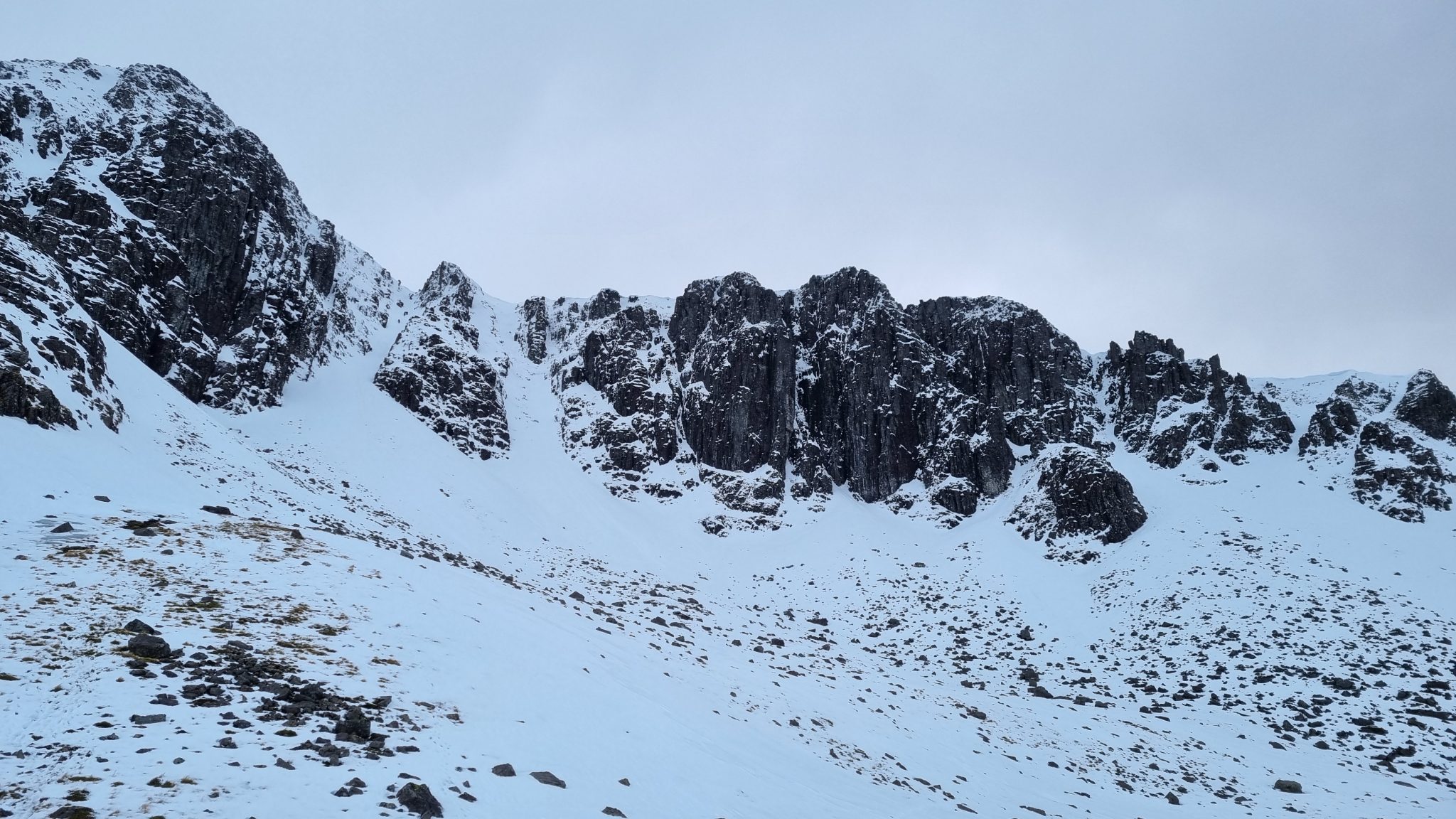
Post-War Boom and Modern Pioneers
After World War II, mountaineering experienced a surge in popularity. Improved roads brought more visitors to Glencoe, and a new generation of climbers arrived with lighter gear and bigger ambitions. Figures such as Hamish MacInnes, a legendary Scottish mountaineer and inventor, left an indelible mark. MacInnes developed innovative equipment—including the all-metal ice axe—and participated in significant first ascents in Glencoe and beyond. His work on mountain rescue techniques also saved countless lives, reinforcing Glencoe’s reputation as both a playground and a place of serious responsibility.
During the 1960s and 70s, hard rock routes proliferated. Climbers tested themselves on steep lines like Shibboleth and Yo-Yo on Slime Wall, pushing technical standards ever higher. Winter climbing, too, reached new heights, with ascents of challenging mixed routes that demanded precision and endurance.
Mountain Rescue and Safety Culture
With greater numbers came increased risk. Glencoe’s variable weather—Atlantic storms can transform sunny mornings into blizzard conditions within minutes—has always been a formidable factor. The Glencoe Mountain Rescue Team, formalised in the 1960s, grew out of informal volunteer efforts to aid those in distress. Their presence underscores a key element of the Glen’s mountaineering history: respect for the mountains and the community’s effort to keep climbers safe.
Modern rescue operations, often assisted by helicopters and advanced communication tools, are a far cry from the early days. Yet the ethos remains the same: a blend of preparedness, mutual support, and humility before nature’s power.
The Present Scene: Tradition Meets Innovation
Today, Glencoe continues to attract climbers from across the world. Traditional rock climbing remains strong, with visitors seeking the same ridges and gullies first ascended over a century ago. At the same time, modern equipment—lightweight ropes, technical ice tools, GPS navigation—has expanded possibilities. Winter climbers relish the challenging mixed conditions, while scramblers and hillwalkers test themselves on the airy Aonach Eagach.
Guiding services and climbing schools introduce newcomers to the craft, ensuring that the skills and respect for the environment are passed on. Meanwhile, conservation efforts aim to balance recreation with protection of fragile alpine habitats, recognising that the mountains themselves must be preserved for future generations.
Legacy and Inspiration
The mountaineering history of Glencoe is more than a catalogue of first ascents and technical achievements. It is a story of human connection to a wild landscape—a dialogue between people and peaks. From the early shepherds and explorers to Victorian pioneers, from wartime innovators to today’s weekend adventurers, each has left footprints on these ancient rocks.
Perhaps what endures most is the sense of continuity. A climber roping up on Curved Ridge or crunching crampons on Dorsal Arete participates in a tradition that spans centuries. The challenges remain timeless: fickle weather, demanding terrain, and the need for judgment and courage. And with every ascent, the mountains offer the same reward they always have—a glimpse of freedom, perspective, and the sublime beauty of the Highlands.
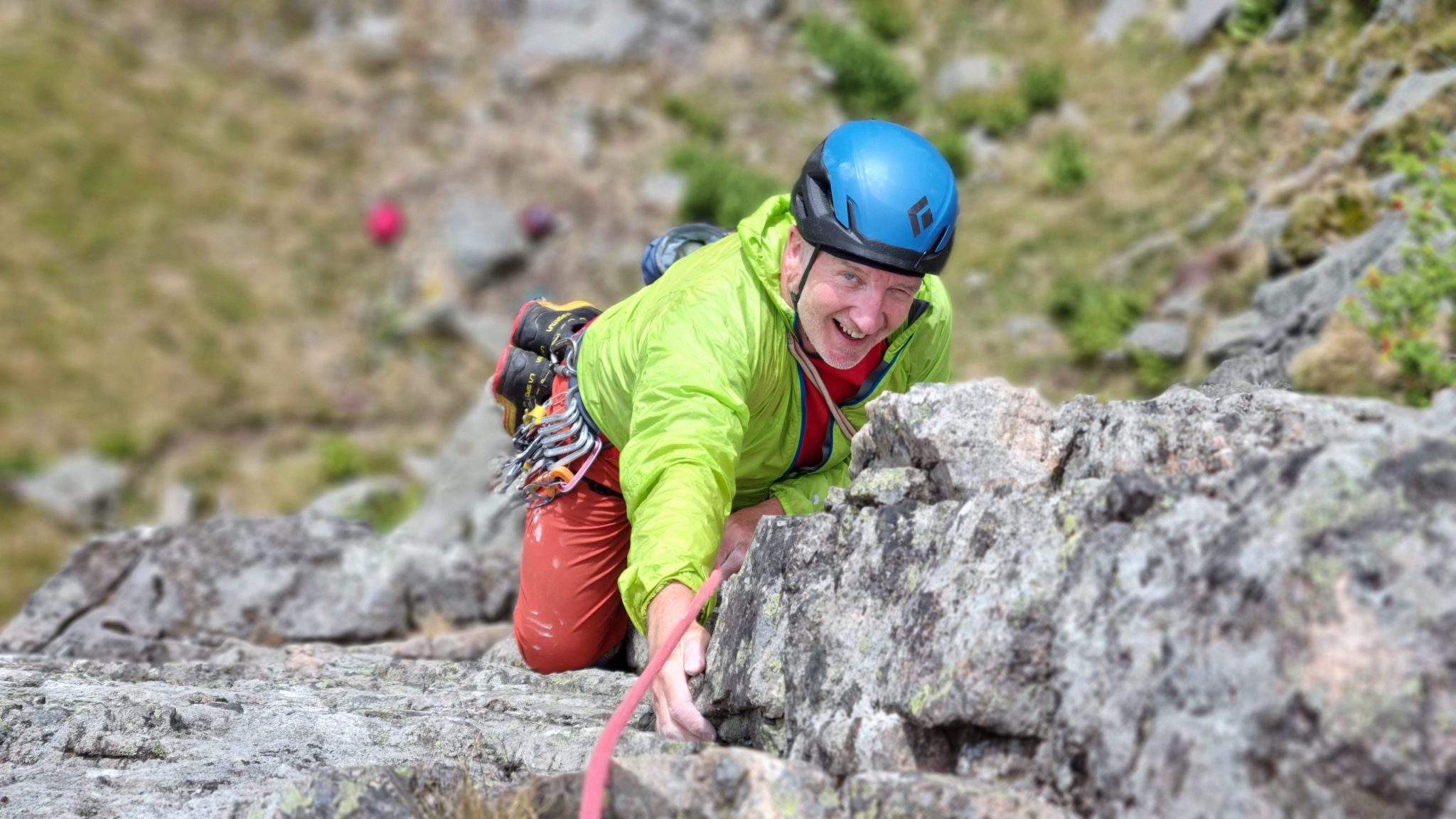
Traverse the Aonach Eagach with Synergy Guides.
Synergy Guides deliver guided climbing and mountaineering on Skye, Ben Nevis and in the mountains of Glencoe. We also offer instructional courses and bespoke adventures for larger groups.
Synergy Guides deliver Winter Mountaineering from our base in Fort William where we teach people how to stay safe in the winter environment. We aim to cover the basics plus climb some classic introductory mountaineering routes on Ben Nevis and in Glencoe.
Already an experienced winter mountaineer? Take your skills a step further and join us for an Intro to Winter Climbing or push your grades on a Performance Winter Climbing course.
About the author
Steve Holmes owns Synergy Guides, he is a fully qualified Mountaineering Instructor and holds the WMCI (MIC) award. He spends most of the spring/summer on Ben Nevis and the Isle of Skye. You can read more about him here.

